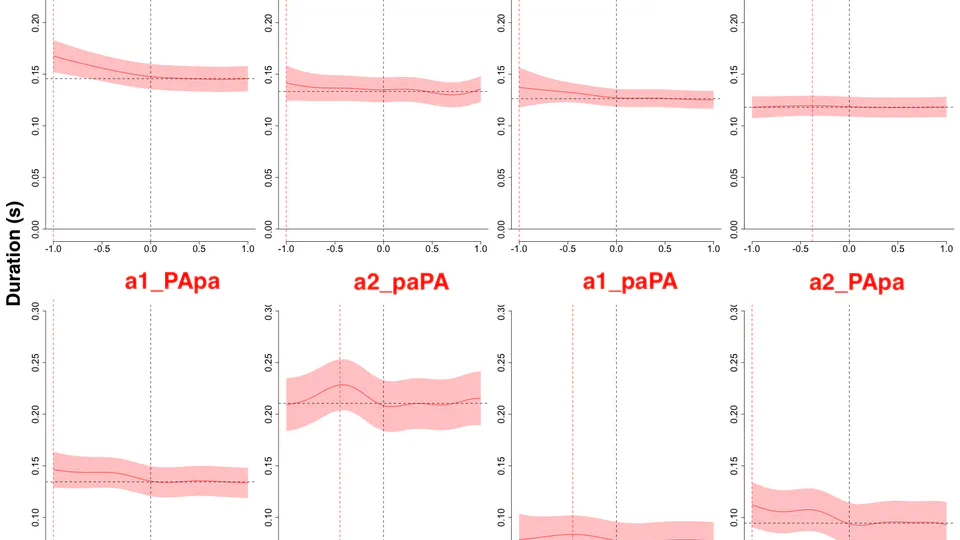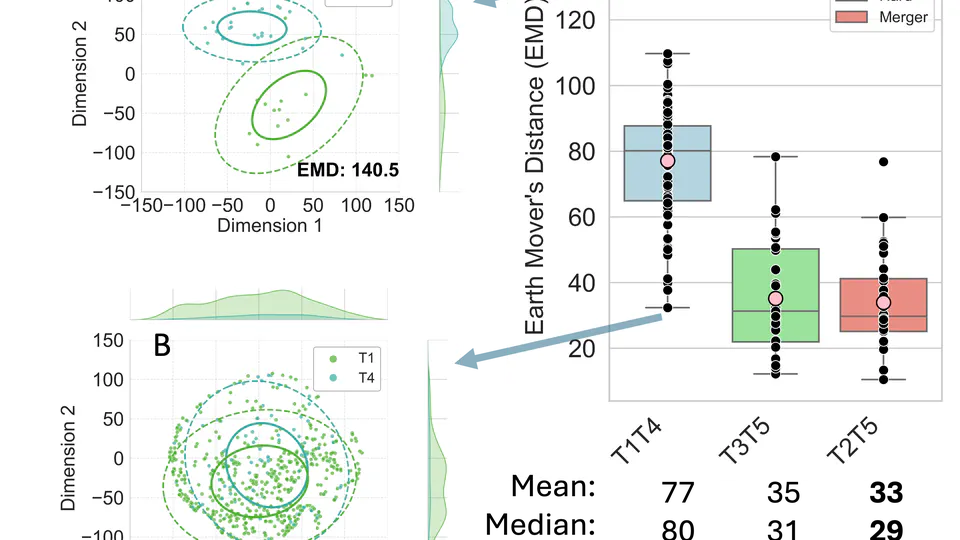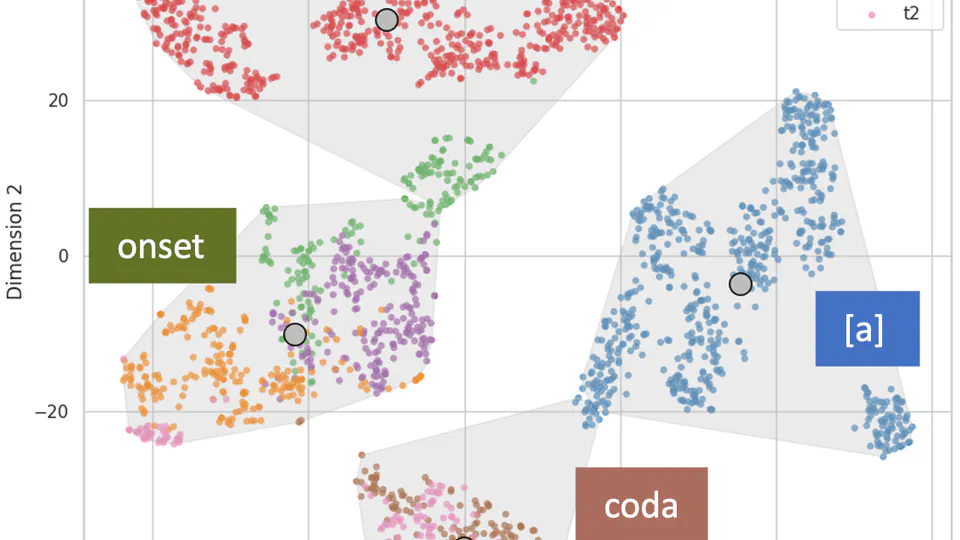About Me
Hi! I'm Fengyue (Lisa) Zhao, a fourth-year PhD candidate in the Department of Linguistics at Cornell University. My research interests lie in phonetics, phonology, computational linguistics, and psycholinguistics. I am part of the Cornell Phonetics Lab and the Computational Psycholinguistics Discussions research group.Updated July 2025
Recent News
Selected Projects



